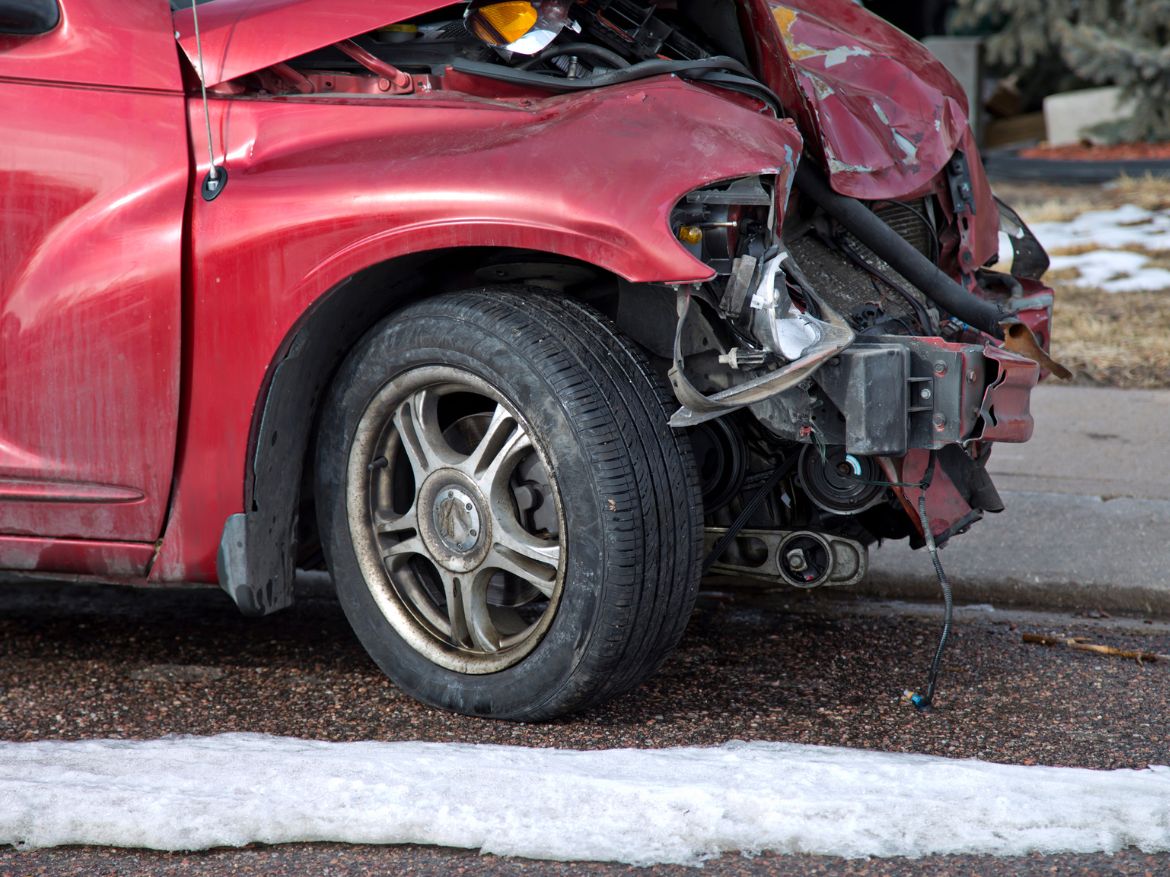
What Are the Most Common Causes of Auto Accidents?
Auto accidents are one of the leading causes of injuries and fatalities worldwide. Every year, millions of people are involved in car crashes, many of which are preventable. Understanding the common causes of auto accidents can help drivers take precautions to reduce their risk of being involved in a collision. While some accidents result from uncontrollable factors, such as weather conditions or mechanical failures, the vast majority are caused by human error.
Distracted Driving
One of the leading causes of auto accidents is distracted driving. When a driver diverts their attention from the road, even for a few seconds, the risk of a crash increases significantly. Common distractions include texting, talking on the phone, adjusting the radio, using a GPS device, eating, or even talking to passengers. Texting while driving is especially dangerous because it takes a driver’s eyes off the road, hands off the wheel, and mind off driving simultaneously. Studies have shown that texting while driving can be just as dangerous as driving under the influence of alcohol.
To prevent distracted driving, drivers should always focus solely on the road. Hands-free technology, voice commands, and setting up navigation before starting the vehicle can help minimize distractions.
Speeding
Exceeding the speed limit is another major contributor to auto accidents. The faster a vehicle is moving, the less time a driver has to react to unexpected situations, such as a sudden stop in traffic or an obstacle in the road. Speeding also increases the severity of crashes, making injuries and fatalities more likely. Many drivers underestimate the dangers of speeding, particularly on highways or in residential areas where pedestrians and cyclists are present.
Obeying posted speed limits and adjusting speed based on road and weather conditions can help reduce the risk of speed-related accidents. Additionally, law enforcement agencies often use speed cameras and radar enforcement to deter speeding violations.
Drunk Driving
Driving under the influence of alcohol or drugs impairs judgment, slows reaction time, and reduces coordination, making it extremely dangerous. Drunk driving is responsible for a significant number of fatal accidents each year. Despite strict laws and public awareness campaigns, many drivers still get behind the wheel while intoxicated.
To avoid drunk driving, individuals should always arrange for a designated driver, use rideshare services, or take public transportation if they have consumed alcohol or drugs. Encouraging friends and family members to make responsible decisions can also help prevent alcohol-related crashes.
Reckless and Aggressive Driving
Reckless and aggressive driving behaviors, such as tailgating, changing lanes without signaling, running red lights, and road rage, contribute to many accidents. These behaviors put both the driver and others on the road at risk. Aggressive drivers often underestimate the consequences of their actions, leading to avoidable collisions.
Remaining calm while driving and avoiding confrontations with other motorists can help prevent aggressive driving incidents. If a driver encounters an aggressive driver, it is best to stay out of their way and report dangerous behavior to authorities when necessary.
Running Red Lights and Stop Signs
Ignoring traffic signals and stop signs is a common cause of intersection accidents. Drivers who fail to stop at red lights or roll through stop signs put themselves and others at risk of serious injury or death. These violations often occur when drivers are in a hurry, distracted, or simply disregarding traffic laws.
To reduce these types of accidents, drivers should always obey traffic signals and come to a complete stop at stop signs. Cities also install red-light cameras at high-risk intersections to catch violators and reduce crashes.
Fatigue and Drowsy Driving
Drowsy driving is just as dangerous as driving under the influence. When a driver is tired, their reaction time slows, and their ability to concentrate decreases. Fatigue-related accidents are particularly common among commercial truck drivers, shift workers, and individuals who do not get enough sleep.
To avoid drowsy driving, drivers should take breaks on long trips, get enough rest before driving, and avoid driving late at night when fatigue is most likely to set in. If a driver feels sleepy, it is best to pull over and rest before continuing.
Poor Weather Conditions
Weather-related accidents occur when roads become slippery or visibility is reduced due to rain, snow, fog, or ice. These conditions make it harder for drivers to maintain control of their vehicles. Hydroplaning, black ice, and fog-related crashes are common in extreme weather.
When driving in poor weather conditions, reducing speed, increasing following distance, and using headlights appropriately can help prevent accidents. Drivers should also ensure their vehicles are equipped with proper tires and functioning windshield wipers to improve safety.
Mechanical Failures and Vehicle Defects
While rare compared to human error, mechanical failures and vehicle defects can also cause auto accidents. Faulty brakes, tire blowouts, engine malfunctions, and steering failures can lead to loss of control and crashes. Regular vehicle maintenance, such as checking brakes, tire pressure, and engine components, can help prevent these issues.
Additionally, manufacturers sometimes recall vehicles due to defective parts. Staying informed about recalls and getting necessary repairs can reduce the likelihood of accidents caused by mechanical failures.
Inexperienced and Young Drivers
Inexperience is a significant risk factor for auto accidents. Young and newly licensed drivers often lack the skills and judgment needed to handle complex driving situations. They may underestimate the dangers of speeding, distracted driving, or driving in hazardous weather conditions.
Parents and driving instructors should ensure that young drivers receive adequate training and experience before driving independently. Graduated driver’s license programs, which impose restrictions on new drivers, have been shown to reduce accidents among teenagers.
Road Hazards and Poor Infrastructure
Poorly maintained roads, potholes, uneven pavement, missing or confusing road signs, and lack of proper lighting can contribute to accidents. In some cases, government agencies responsible for road maintenance may be held liable for accidents caused by unsafe road conditions.
Drivers should remain alert and cautious when navigating roads with known hazards. Reporting dangerous road conditions to local authorities can also help prevent future accidents.
Preventing Auto Accidents
Auto accidents can have devastating consequences, but many are preventable by adopting safe driving habits and making responsible decisions on the road. Distracted driving, speeding, drunk driving, reckless behavior, and ignoring traffic signals are among the leading causes of crashes. Taking precautions, such as staying focused, obeying traffic laws, and maintaining vehicles properly, can help reduce the risk of accidents.
Understanding these common causes of auto accidents empowers drivers to be more aware of their surroundings and take proactive measures to stay safe. If you or a loved one has been involved in an auto accident due to another driver’s negligence, seeking legal assistance can help you obtain compensation for medical expenses, lost wages, and other damages.
For expert legal representation, contact LA Personal Injury Attorneys today. Our team is dedicated to helping accident victims secure the justice and compensation they deserve.


